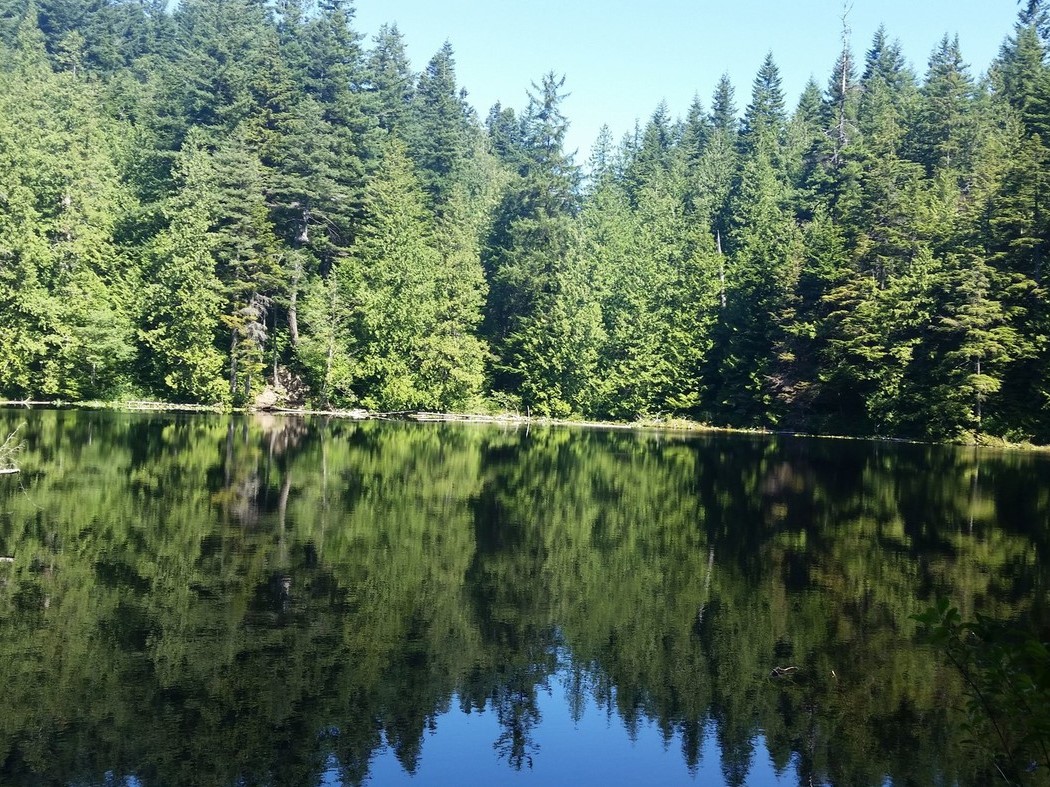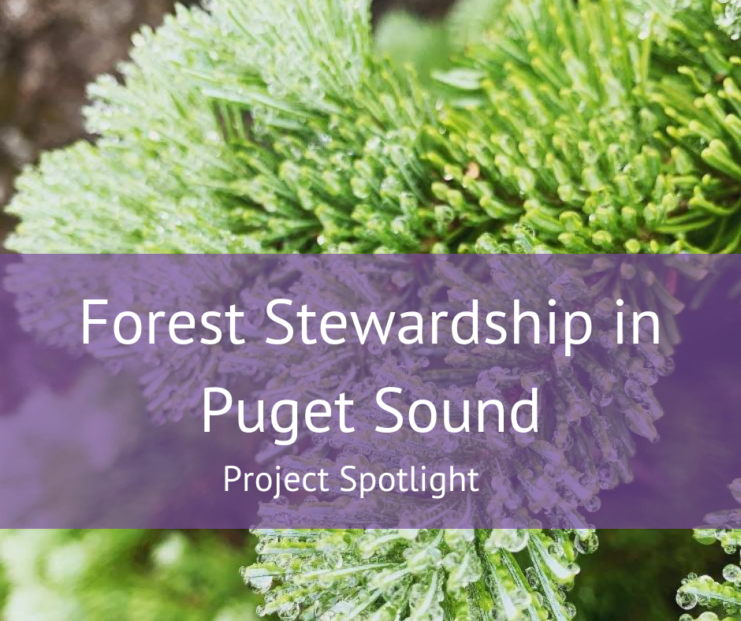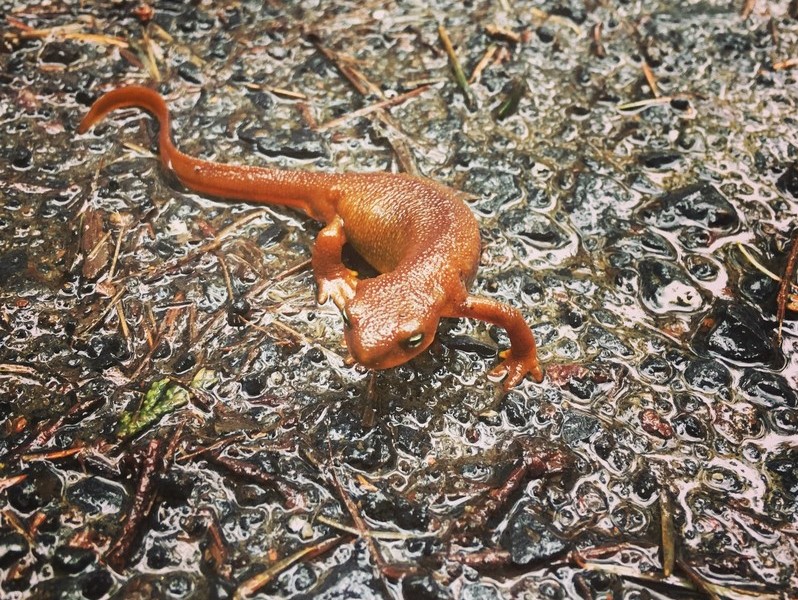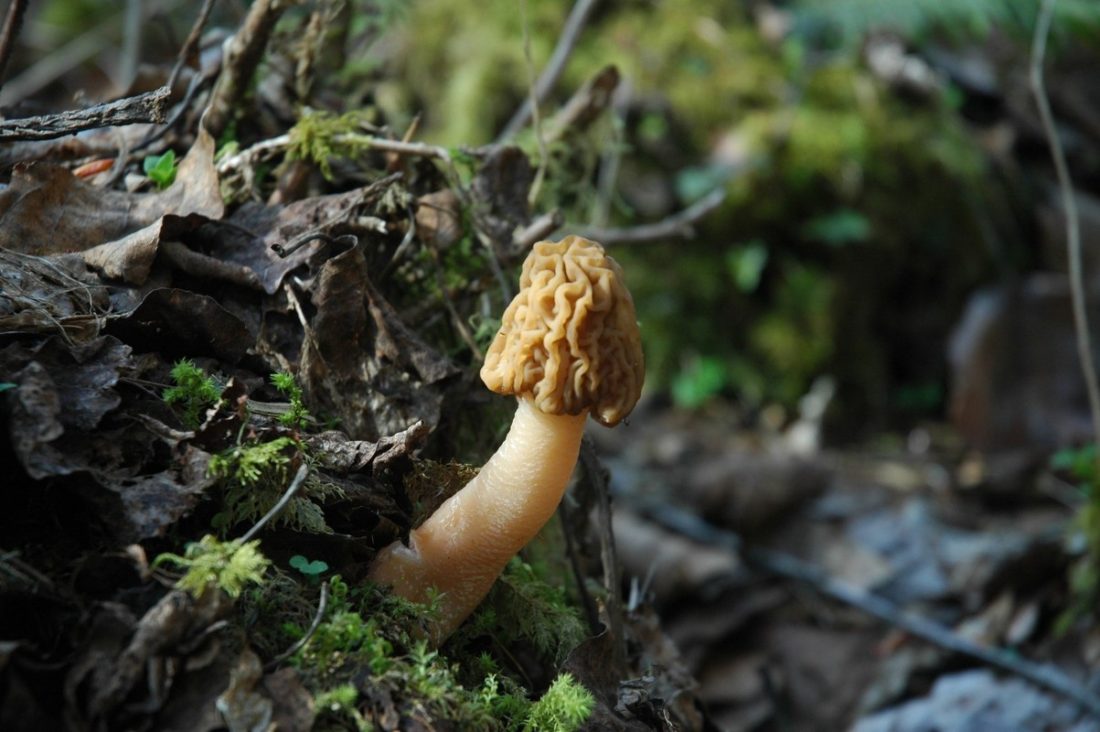Snohomish Conservation District recently hired a new forester to help small forest landowners navigate the challenges and opportunities associated with owning forested property. This position, along with several others located within the Puget Sound region, will assist small forest landowners of all types to improve their forest’s health, develop timber management plans, and nurture a diverse, healthy ecosystem on their land.
This position is part of the larger Regional Forest Stewardship Pilot Program coordinated by Snohomish Conservation District in close partnership with the Puget Sound Conservation District Caucus. The Pilot Project is aims to engage small forest landowners and deliver forest stewardship planning services to reduce forest land conversion, improve fish and wildlife habitat, protect water quality, and reduce stormwater runoff. For more information on the Pilot Program, please contact outreach@snohomishcd.org.

The Habitat Strategic Initiative Lead supports the project through EPA’s Puget Sound National Estuary Program Funding.
What is a small forest landowner?
Like ‘small business’ or ‘small family farm’ there are many definitions. One rule of thumb used by the Forest Service defines it as land that is privately owned and per owner is less than 10,000 acres of forestland. For DNR, small forest landowners are defined as a forest owner who harvests less than 2 million board feet of timber per year on average.
If that’s you – there are a host of programs that can help you manage your trees and your land. Check out DNR’s Small Forest Landowner Office for more information on publicly funded programs that can help small landowners improve forest health, replace culverts and other structures blocking salmon in streams, and programs to economically maintain wetlands and other non-harvest areas.
Why is this important?
While our forests can feel like one vast expanse, forest ownership in Puget Sound and across Washington State is actually a patchwork of public and private lands of all types and sizes interlocking to create a forested landscape.
Regardless of ownership boundaries, forests and the important resources they provide—clean water, clean air, wildlife habitat, and sustainable wood supplies—thrive as an entire ecosystem or landscape.
Working forests provide habitat that supports animals, like deer, elk, and birds, and act as water filtration and storage. Forest cover is the backbone of the natural stormwater management system in the region and is integral to recovering the health of Puget Sound.
But according to a recent report released by the School of Environmental and Forest Sciences at the University of Washington, small forest landowner acreage is being converted to non-forest uses at an unsustainable rate throughout the region. Rogers et al estimate that somewhere between 25,000 and 50,000 small forest landowners are anticipating likely selling all or some of their forest land in the coming 10 years (2021).
Read the full report – it includes updated small forest landowner demographic data, trend and policy analyses, and recommendations to improve mitigation measures for small forest landowners and improve retention of working forestland held by small forest landowners.
What can you do?
- Actively steward forest resources on your property for improved health and enhanced ecosystem functions.
- Maintain existing forest cover, plant trees, and minimize the footprint of cleared areas on your property wherever possible.
- Reach out to your local DNR Small Forest Landowner office for technical and financial assistance.
- For more information on the Regional Forest Stewardship Pilot Program, please contact outreach@snohomishcd.org.
About the Puget Sound Conservation District Caucus
Puget Sound Conservation Districts collaborate to increase natural resource stewardship on private property. Since 2016, they have provided stewardship planning assistance to over 15,000 landowners and implemented over 2,500 discrete public / private partnership projects.
For more information go to: www.betterground.org
Did you know?
The Land Development and Cover Implementation Strategy highlights the need to support long-term viability of agricultural lands and working forests, which will help reduce the pressure for conversion of those lands to more intensely developed use. By keeping working lands working, the vibrant agricultural and forestry industries can be maintained, and we can reduce the pressure to convert those lands to more developed uses that can lead to greater pollution, expansion of urban heat islands, and loss of habitat.
Citation: Rogers, Luke & Rabotyagov, Sergey & Danley, Brian & Comnick, Jeffrey & Cooke, Andrew & Solemslie, Alec. (2021). Washington’s Small Forest Landowners in 2020: Status, trends and recommendations after 20 years of Forests & Fish.




